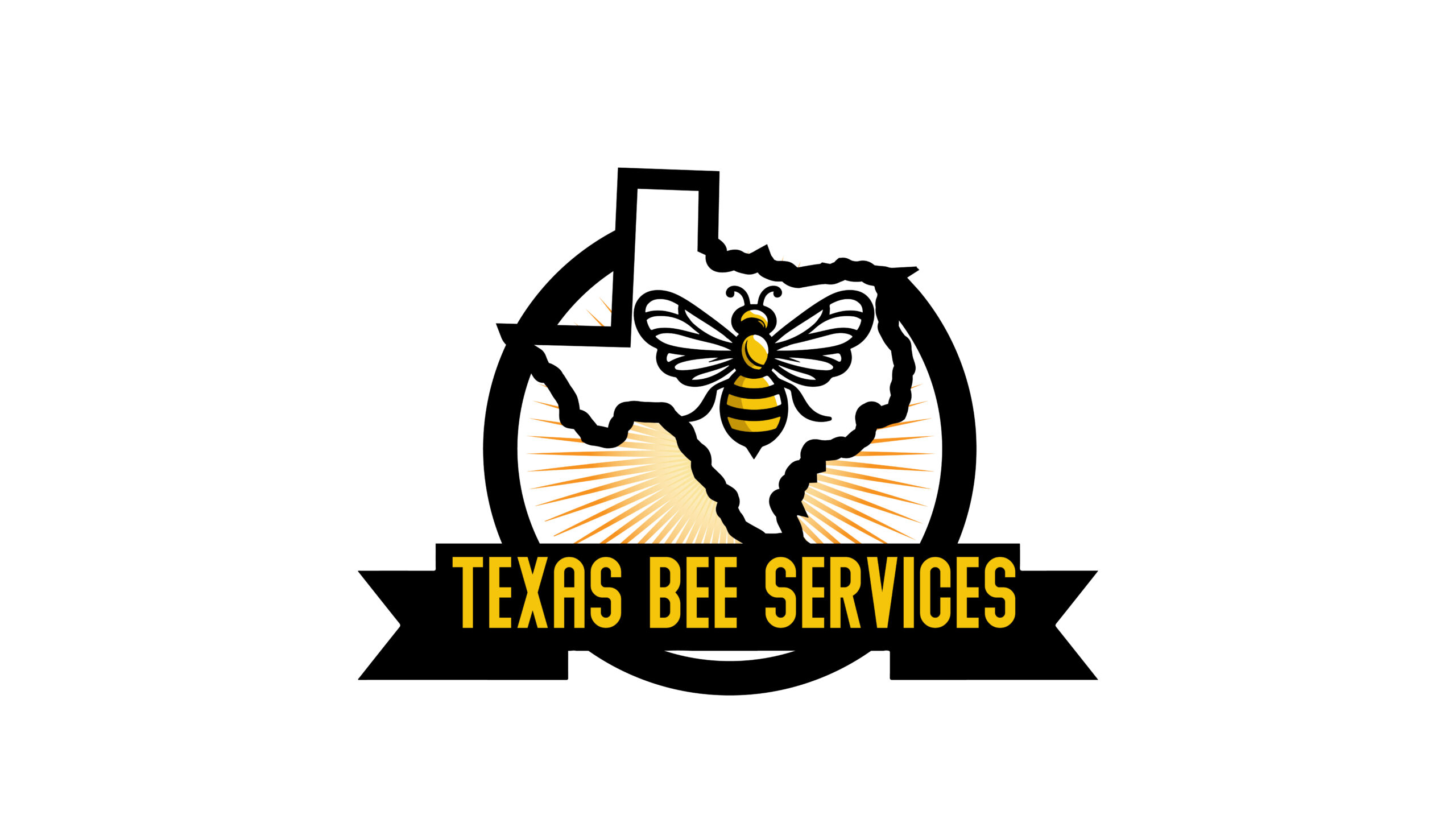Insect Guide
- Home
- Our Services
It’s not always obvious if the insects near your home or office are honey bees or something entirely different. Let’s take a look at some of the most common insects that we see in central Texas
Honey Bees: Texas Bee Services specializes in the rescue and relocation of honey bees. An established bee colony will often inhabit dark enclosed areas such as soffits or shed floors. They will also inhabit tree hollows, bird houses, water meter boxes, old storage boxes or anything else they can find that will provide a nice, safe place to build out their comb. A typical honey bee colony can consist of between 5,000 bees to upwards of 60,000.
Please use caution if you see an established colony because they can be very defensive when protecting their hive. When it’s warm, a healthy bee colony will have bees constantly coming in and out of the entrance as they gather nectar and pollen. A tell tale sign of an established colony is the presence of yellow or orange pollen on the bees’ legs as they return back to the hive.
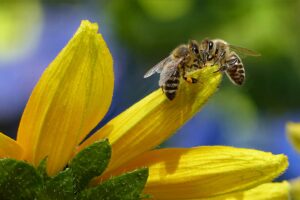
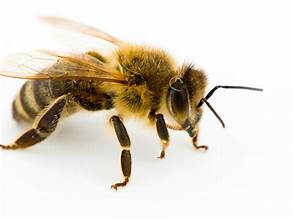
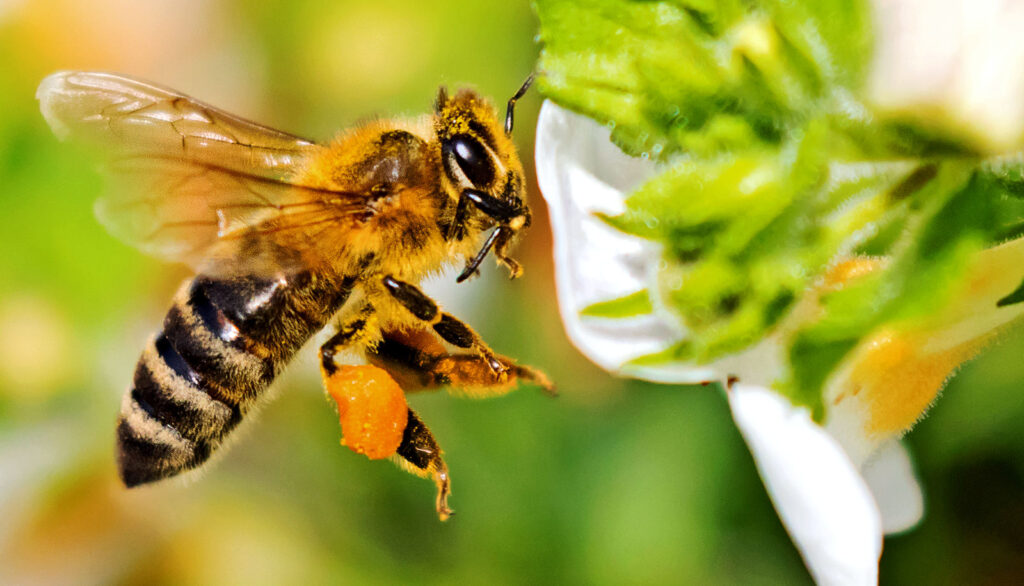
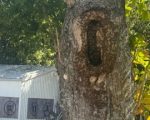
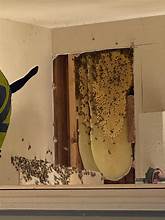
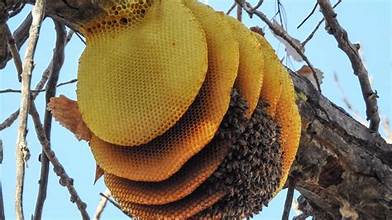
Bumble Bees: Bumblebees are large, black and yellow and somewhat hairy bees. They are close relatives to the honeybee but behave very differently. Most species of bumblebee live in colonies, but their colonies are much smaller than the honey bees or wasps. A large honeybee colony can top 60,000 bees while a bumblebee colony is closer to 150.
Bumblebees are generally unaggressive, however it’s very easy to disturb their nests. Bumblebees usually nest in the ground under debris or in burrows. When they’re flying, they are usually docile – but they will sting if they feel threatened – and unlike honeybees, they can sting multiple times.
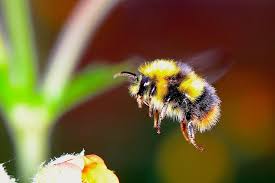
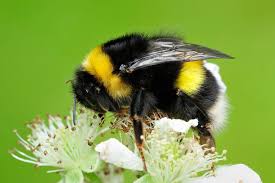
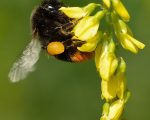
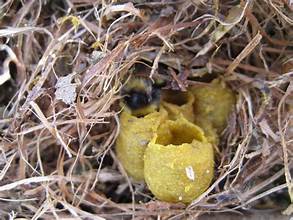
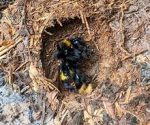
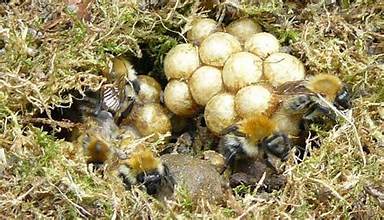
Yellowjackets: Yellowjackets get their common name from their typical black and yellow color pattern banded across their abdomens. They are similar to bees, but are more noticeably segmented with a very small ‘waist.’ While most species are yellow and black, some can also have white or red markings.
Yellow jackets typically build their nests using pieces of wood, logs, or other sources and chew it to form a papery pulp. This pulp is shaped into layers that form the nest’s structure which is protected by an outer envelope. They build underground in abandoned rodent burrows, inside wall voids, attics, sheds, and hollow trees. They prefer dark, protected places that provide easy access to food sources and water .
.
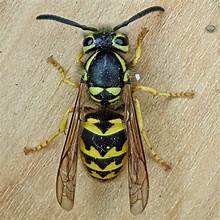
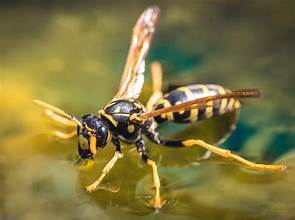
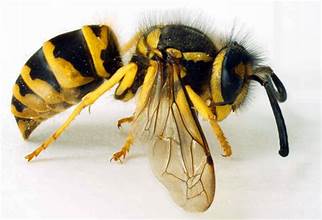
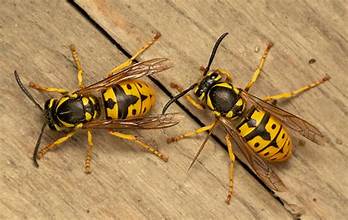
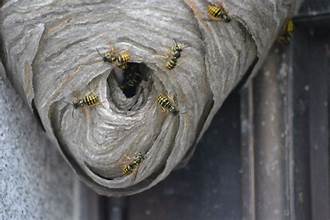
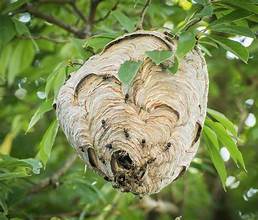
Paper Wasps: Paper wasps are 3/4 to 1 inch long, slender, narrow-waisted wasps with smoky black wings that are folded lengthwise when at rest. Paper wasps are usually brown with yellow markings on the head, thorax and bands on the abdomen The paper wasp nest is an open, umbrella-shaped structure built from a papery material made by the wasps. It is easy to spot because of its visible hexagonal cells. Paper wasps usually create their nests in protected areas to shield them from harsh weather.
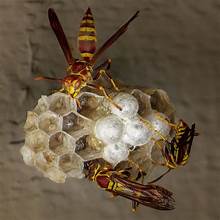
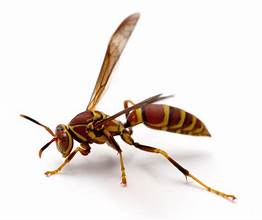
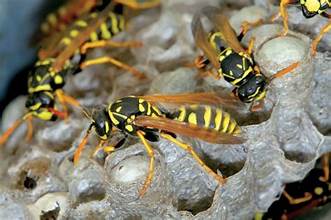
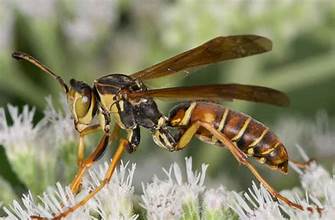
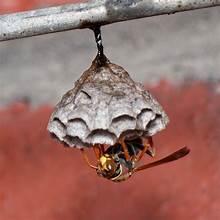
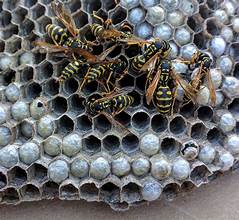
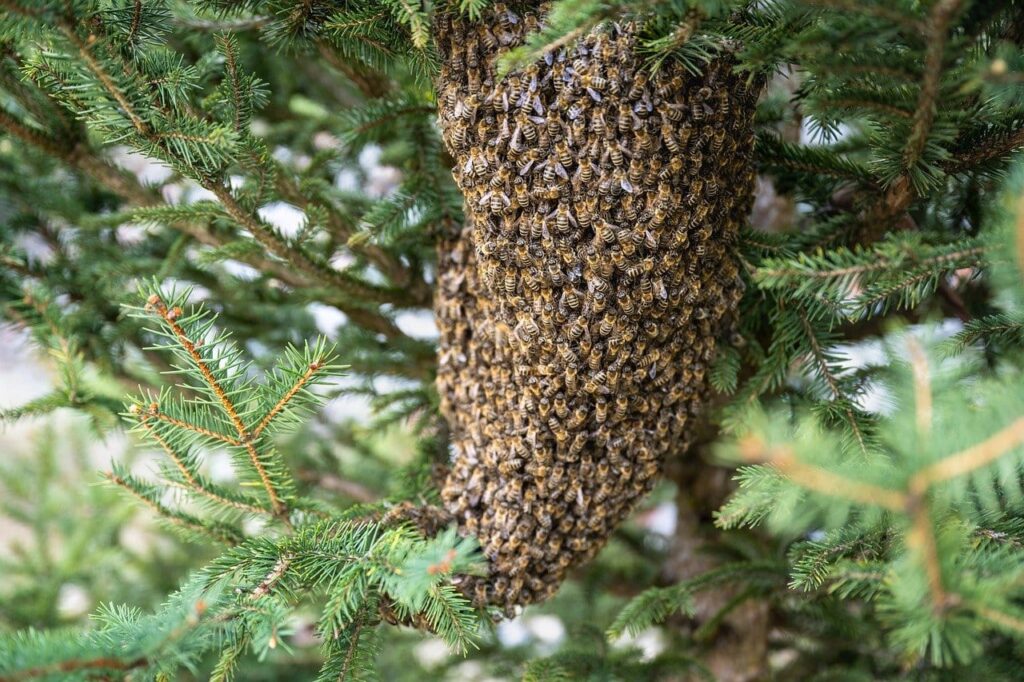
Swarm Removal
“Swarming” occurs when a colony of bees replicate. This is a natural event that happens when the colony outgrows their home (or hive). During this time, about half of the original colony of bees (along with the queen) will leave the hive and take temporary residence in tree limbs, posts, awnings or anything they can attach to while the scouts search for a new home.
Established Bee Colony Removal
Texas Bee Services specializes in the removal of established bee colonies from homes, offices and churches. We remove colonies of bees from soffits, sub-floors, interior walls, roof cavities, shed floors and more – including high elevation extractions. We are also happy to assist with more simple removals from water meter boxes, outdoor storage containers or any other location where bees have found a home
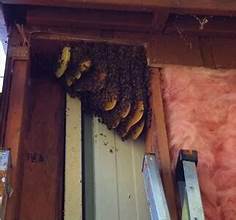
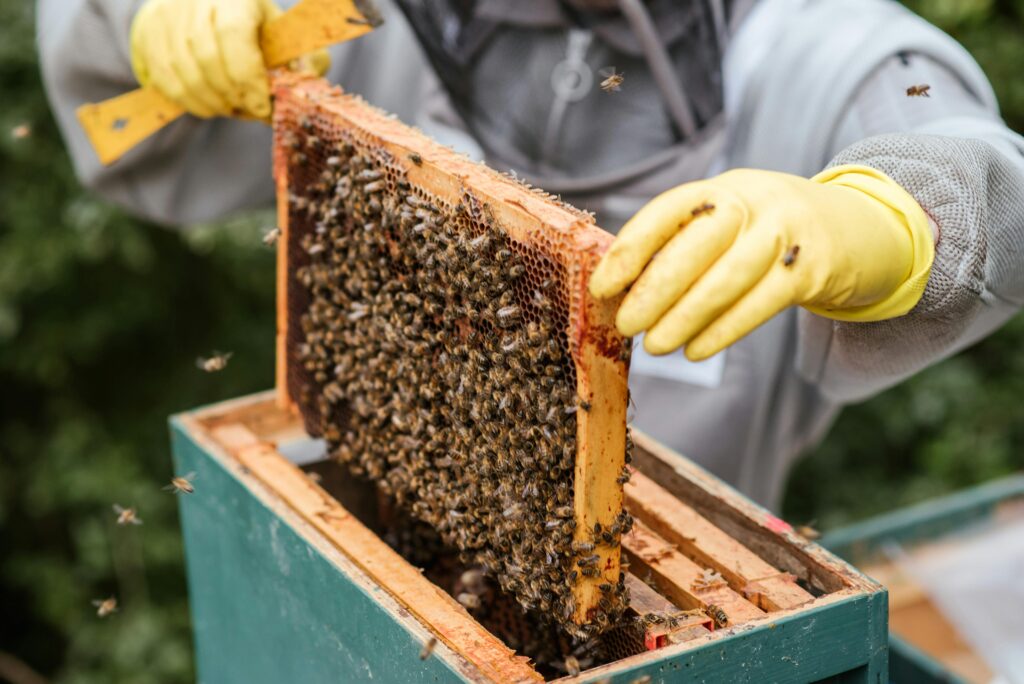
Established Bee Colony Removal
Texas Bee Services specializes in the removal of established bee colonies from homes, offices and churches.We remove colonies of bees from soffits, sub-floors, interior walls, roof cavities, shed floors and more – including high elevation extractions.We are also happy to assist with more simple removals from water meter boxes, outdoor storage containers or any other location where bees have found a home
